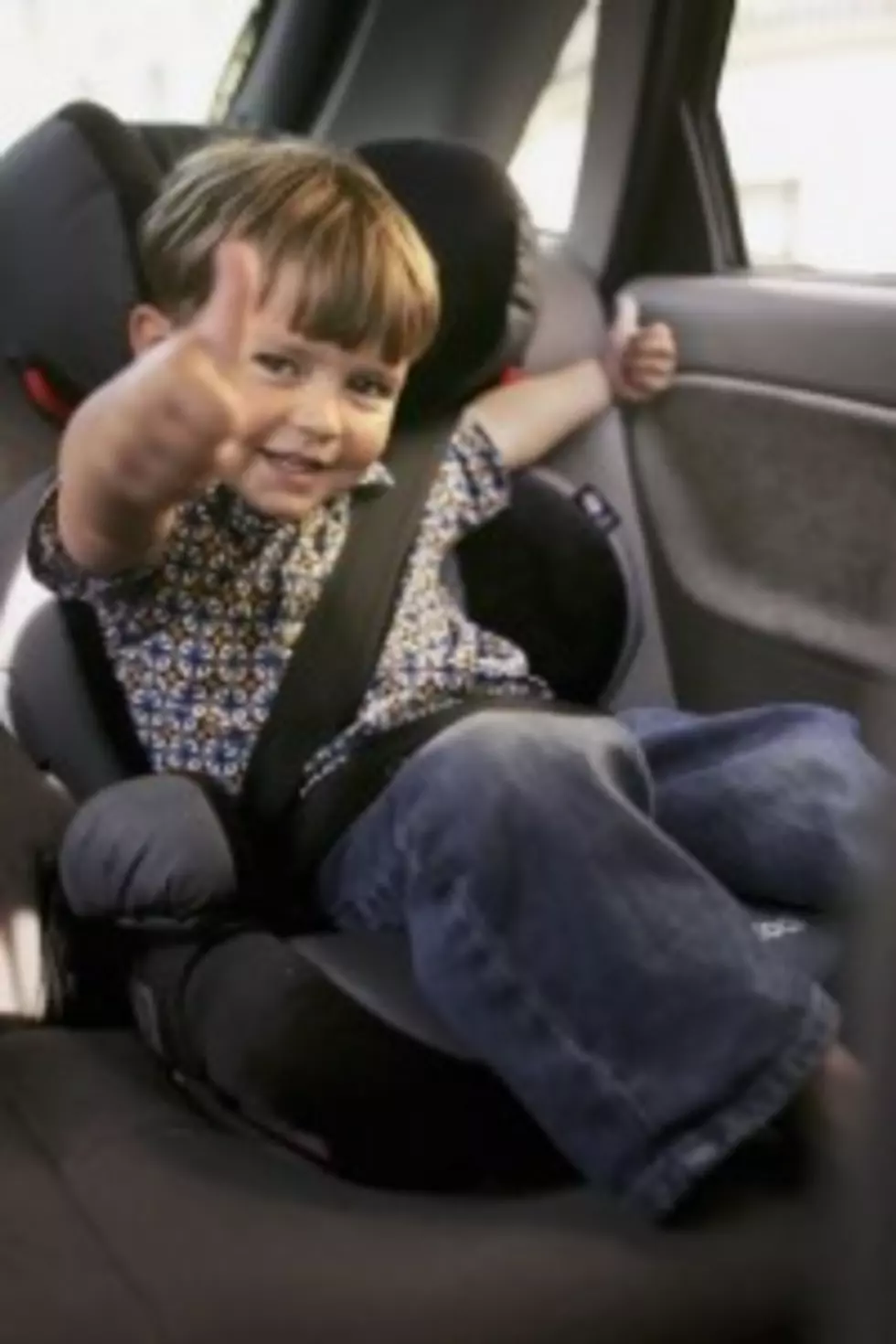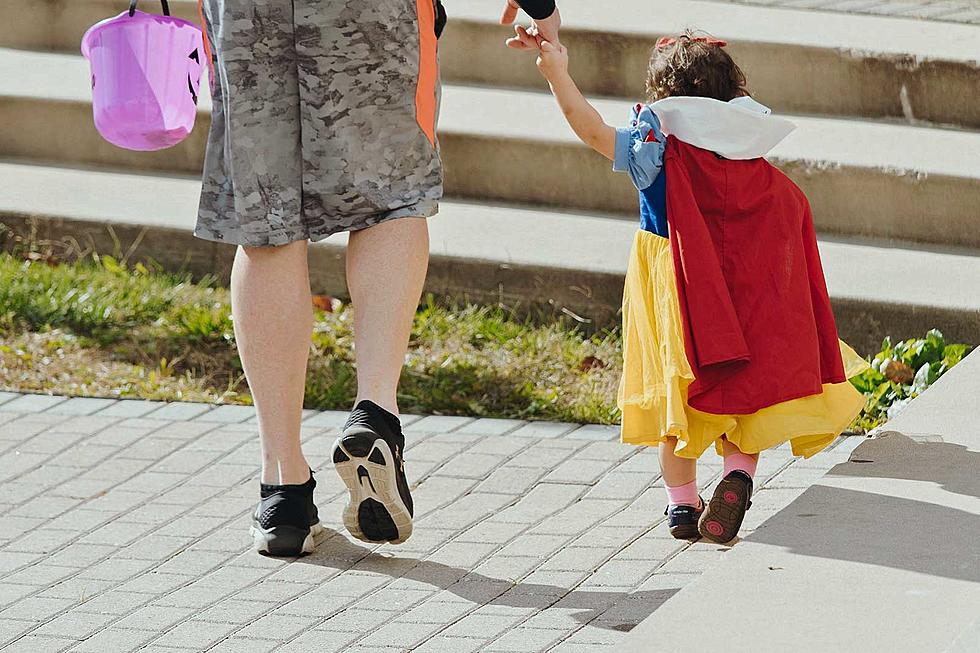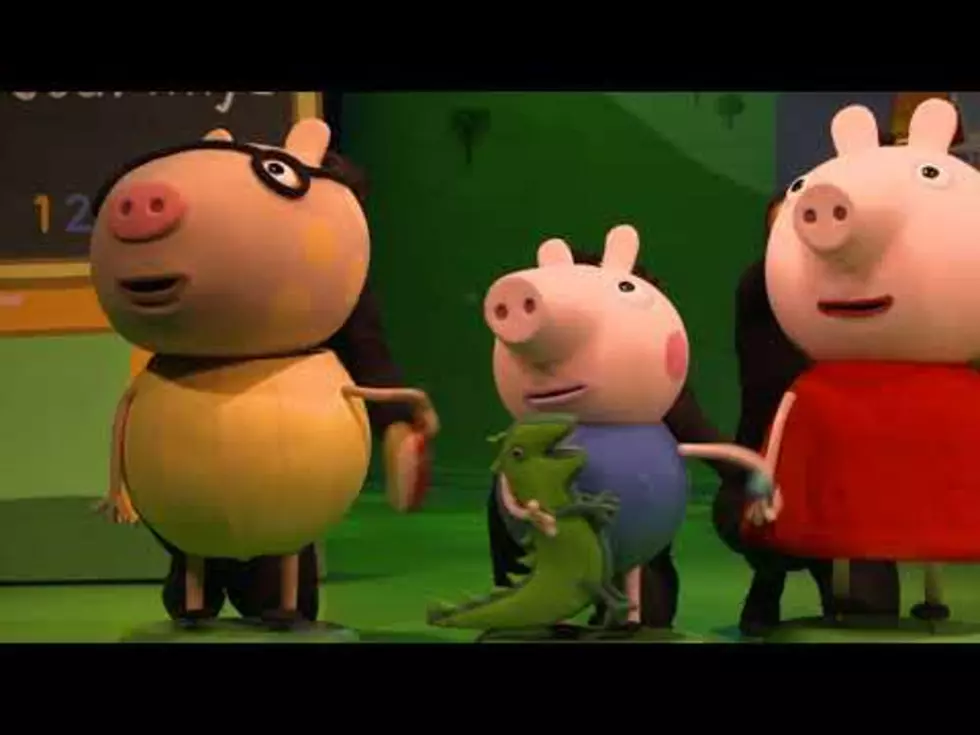
Two words for safe kids – CAR SEATS!
Hey Mom's and Dad's, grandparents everywhere, keep your kids safe in the car with proper car seats! On NBC's Today, they discussed that very thing with some new recomendations.
Children should ride in rear-facing car seats longer, until they are 2 years old instead of 1, according to updated advice from a medical group and a federal agency.
The American Academy of Pediatrics and the National Highway Traffic Safety Administration issued separate but consistent new recommendations Monday.
Visit msnbc.com for breaking news, world news, and news about the economy
Both organizations say older children who've outgrown front-facing car seats should ride in booster seats until the lap-shoulder belt fits them. Booster seats help position adult seat belts properly on children's smaller frames. Children usually can graduate from a booster seat when their height reaches 4 feet 9 inches.
TODAY Health
Find TODAY Health on Facebook
Children younger than 13 should ride in the back seat, the guidelines from both groups say.
The advice may seem extreme to some parents, who may imagine trouble convincing older elementary school kids — as old as 12 — to use booster seats.
But it's based on evidence from crashes. For older children, poorly fitting seat belts can cause abdominal and spine injuries in a crash.
One-year-olds are five times less likely to be injured in a crash if they are in a rear-facing car seat than a forward-facing seat, according to a 2007 analysis of five years of U.S. crash data.
Put another way, an estimated 1,000 children injured in forward-facing seats over 15 years might not have been hurt if they had been in a car seat facing the back, said Dr. Dennis Durbin, lead author of the recommendations and a pediatric emergency physician at Children's Hospital of Philadelphia.
Health highlights
Hot leftovers? Don't cool them in the fridge
Putting a big pot of hot food directly into the refrigerator is a recipe for uneven cooling and possibly food poisoning, experts say.
FDA delays action on recalled wipes
Popping potassium iodide already? Really bad idea
Tangled mess? Pull the plug on cord clutter
Gay families more accepted than single moms
Toddlers have relatively large heads and small necks. In a front-facing car seat, the force of a crash can jerk the child's head causing spinal cord injuries.
Car seats have recommended weights printed on them. If a 1-year-old outweighs the recommendation of an infant seat, parents should switch to a different rear-facing car seat that accommodates the heavier weight until they turn 2, the pediatricians group says.
Discuss: Will you put your tween in a booster seat?
Luckily for parents, most car seat makers have increased the amount of weight the seats can hold. This year, about half of infant rear-facing seats accommodate up to 30 pounds, Durbin said. Ten years ago, rear-facing car seats topped out at children weighing 22 pounds.
"The good news is it's likely parents currently have a car seat that will accommodate the change," Durbin said.
The American Academy of Pediatrics recommendations appear Monday in the journal Pediatrics.
Both organizations say older children who've outgrown front-facing car seats should ride in booster seats until the lap-shoulder belt fits them. Booster seats help position adult seat belts properly on children's smaller frames. Children usually can graduate from a booster seat when their height reaches 4 feet 9 inches.
Children younger than 13 should ride in the back seat, the guidelines from both groups say.
The advice may seem extreme to some parents, who may imagine trouble convincing older elementary school kids — as old as 12 — to use booster seats.
But it's based on evidence from crashes. For older children, poorly fitting seat belts can cause abdominal and spine injuries in a crash.
One-year-olds are five times less likely to be injured in a crash if they are in a rear-facing car seat than a forward-facing seat, according to a 2007 analysis of five years of U.S. crash data.
Put another way, an estimated 1,000 children injured in forward-facing seats over 15 years might not have been hurt if they had been in a car seat facing the back, said Dr. Dennis Durbin, lead author of the recommendations and a pediatric emergency physician at Children's Hospital of Philadelphia.
Toddlers have relatively large heads and small necks. In a front-facing car seat, the force of a crash can jerk the child's head causing spinal cord injuries.
Car seats have recommended weights printed on them. If a 1-year-old outweighs the recommendation of an infant seat, parents should switch to a different rear-facing car seat that accommodates the heavier weight until they turn 2, the pediatricians group says.
Discuss: Will you put your tween in a booster seat?
Luckily for parents, most car seat makers have increased the amount of weight the seats can hold. This year, about half of infant rear-facing seats accommodate up to 30 pounds, Durbin said. Ten years ago, rear-facing car seats topped out at children weighing 22 pounds.
"The good news is it's likely parents currently have a car seat that will accommodate the change," Durbin said.
The American Academy of Pediatrics recommendations appear Monday in the journal Pediatrics.
More From 100.5 FM The River









